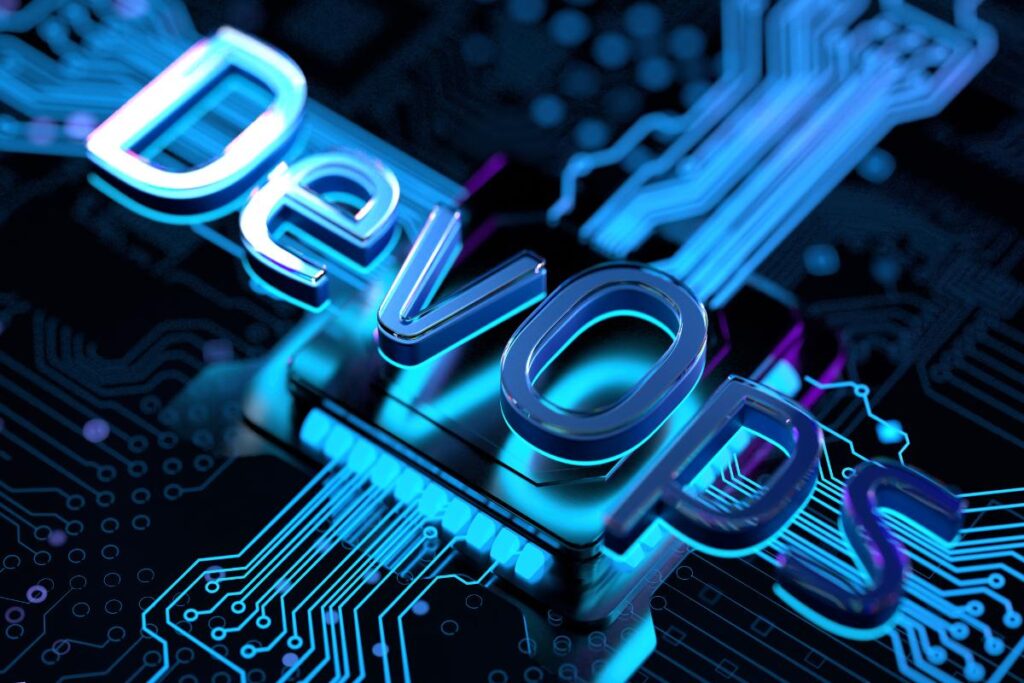
Introduction to DevOps Trends in 2025: A New Era of Innovation
As we move deeper into the digital era, DevOps Trends in 2025 is evolving faster than ever before. What began as a cultural and operational shift toward agile software development has now matured into a robust ecosystem driven by intelligent automation, GitOps, and platform engineering. Enterprises are no longer just looking for faster release cycles — they are demanding resilient systems, scalable architectures, and streamlined developer experiences.
The future of DevOps is not just about tools or practices. It’s about building a developer-first, automation-driven, and cloud-native ecosystem that supports the rapid pace of digital transformation.
1. The Rise of Intelligent Automation in DevOps
Automation has always been at the heart of DevOps, but in 2025, we are witnessing a paradigm shift from basic scripting and CI/CD pipelines to intelligent, AI-powered automation.
- AI-Driven Pipelines: Machine learning is now embedded in CI/CD systems to detect anomalies, optimize build times, and recommend fixes proactively.
- Predictive Incident Management: Leveraging AI/ML to predict outages or deployment failures before they happen has drastically reduced downtime.
- ChatOps and AIOps Integration: Automated bots integrated into communication platforms are enabling real-time diagnostics, incident resolution, and even auto-remediation.
This shift is reducing human intervention, enhancing efficiency, scalability, and reliability across the software delivery lifecycle.
2. GitOps: Declarative Infrastructure at Scale
GitOps has emerged as a core DevOps practice in 2025, bringing version-controlled, declarative infrastructure and application deployments to the forefront.
- Single Source of Truth: Git repositories serve as the ultimate truth for both infrastructure and application configurations.
- Improved Security and Compliance: With everything version-controlled and peer-reviewed, security vulnerabilities are caught earlier and compliance is easier to enforce.
- Automated Rollbacks & Recovery: Changes tracked via Git allow for instant rollbacks, reducing MTTR (mean time to recovery) dramatically.
- Kubernetes-Native Deployment: GitOps is deeply integrated with Kubernetes, enabling seamless application delivery across hybrid and multi-cloud environments.
As organizations move towards immutable infrastructure and policy-as-code, GitOps is not just a trend but a necessity for managing complex deployments.
3. Platform Engineering: Enabling Developer Productivity at Scale
2025 marks the emergence of platform engineering as the next frontier in DevOps evolution. While DevOps empowered developers, platform engineering gives them the right tools, environment, and infrastructure without compromising governance.
- Internal Developer Platforms (IDPs): Custom-built platforms allow developers to self-serve environments, APIs, and infrastructure components.
- Golden Paths: Standardized, opinionated workflows reduce cognitive load and accelerate feature delivery while maintaining consistency.
- Integrated Observability: Built-in telemetry and observability stacks allow for full visibility from code to production.
Platform engineering is solving the balance between autonomy and standardization, transforming how teams build, test, and deploy software.
4. Security-as-Code and DevSecOps Integration
Security is no longer an afterthought. In 2025, DevSecOps is fully integrated into the DevOps pipeline, emphasizing “security as code” practices.
- Automated Security Scanning: Tools like Snyk, Aqua, and Trivy are integrated into pipelines to detect vulnerabilities in real-time.
- Shift Left Strategy: Security testing starts at the development phase with static code analysis, threat modeling, and compliance scans.
- Zero Trust Architectures: DevOps teams are embracing zero trust security models, with strict identity verification and least privilege access for every service and user.
This integration ensures security is a shared responsibility embedded at every layer of the development lifecycle.
5. DevOps Observability: From Monitoring to Intelligence
In 2025, observability has moved beyond logs, metrics, and traces to a new era of contextual intelligence and proactive incident management.
- Unified Observability Platforms: Solutions like Datadog, New Relic, and Dynatrace offer single-pane-of-glass visibility across the stack.
- Real-Time Anomaly Detection: AI algorithms analyze telemetry data in real-time to detect patterns and flag issues before users are impacted.
- Business-Centric Dashboards: DevOps teams are aligning observability with business KPIs to ensure that system performance directly correlates with user satisfaction.
This evolution from basic monitoring to intelligent observability is empowering teams to move faster with confidence.
6. Cloud-Native DevOps & Edge Computing
The dominance of cloud-native technologies and the proliferation of edge computing are reshaping how DevOps is practiced.
- Kubernetes as the Operating System of the Cloud: Microservices deployed on Kubernetes clusters across multi-cloud and edge environments are the new norm.
- Edge DevOps Pipelines: With IoT and edge devices, DevOps pipelines now extend beyond the cloud, supporting real-time deployments at the edge.
- Container Security & Governance: Managing container sprawl, securing supply chains, and enforcing policies across clusters is a major focus.
This shift is fueling hyper-scalability and global performance while maintaining operational control.
7. Developer Experience (DevEx) as a Strategic Priority
In 2025, Developer Experience (DevEx) is central to successful DevOps adoption. Companies are investing in frictionless workflows, smarter tools, and intuitive environments to retain and empower engineering talent.
- Self-Service Infrastructure: On-demand provisioning via platforms like Terraform, Pulumi, or Backstage reduces dependency on operations.
- Simplified Toolchains: Unified DevOps platforms are replacing fragmented tools to streamline workflows and reduce tool fatigue.
- Feedback Loops: Continuous feedback from production to development is enabling faster iteration and better software quality.
Happy developers build better products, making DevEx a vital component of DevOps strategy.
Conclusion: DevOps Trends in 2025 is Intelligent, Scalable, and Developer-Centric
The DevOps landscape in 2025 is defined by automation-first culture, GitOps principles, platform engineering excellence, and robust security integration. As organizations adopt these practices, they are not just accelerating their software delivery—they are building resilient systems that can adapt to change, scale effortlessly, and deliver exceptional value to customers. To thrive in this new era, businesses must focus on empowering developers, integrating AI-driven automation, adopting cloud-native strategies, and redefining their delivery pipelines with observability, security, and intelligence at their core.
